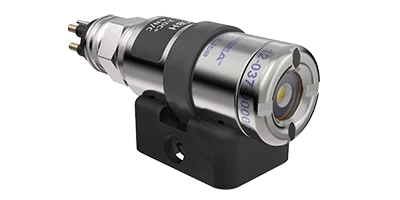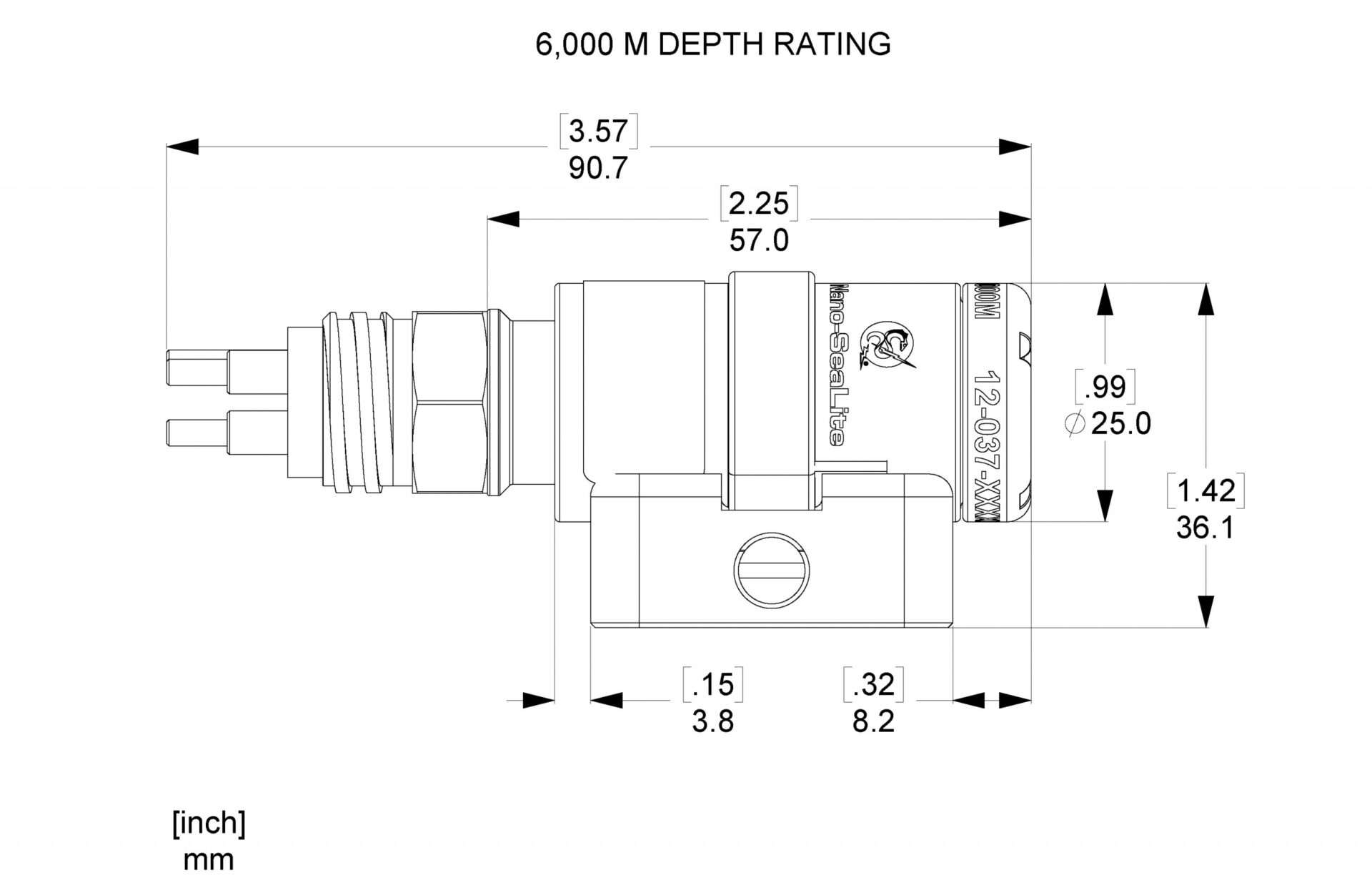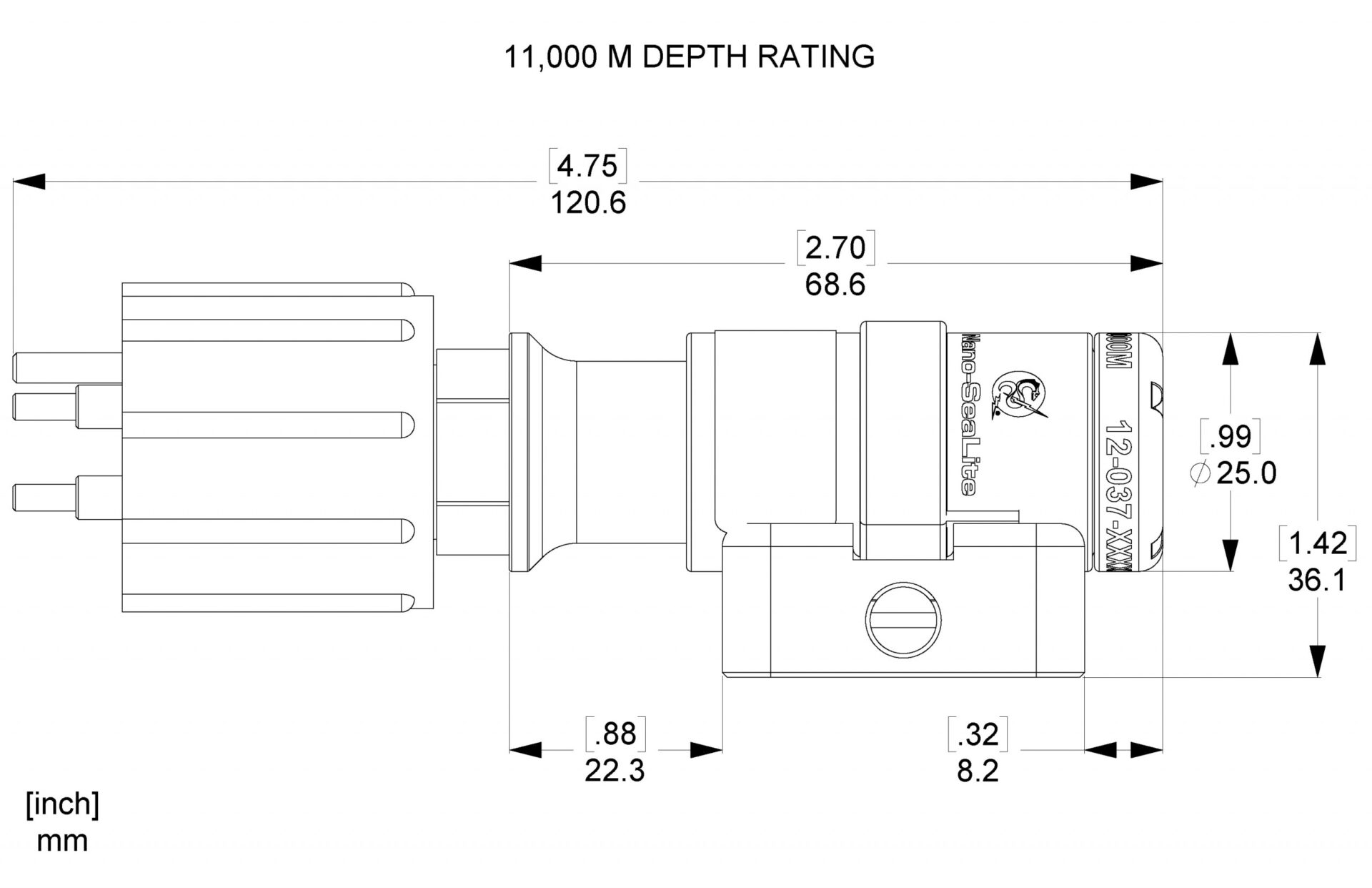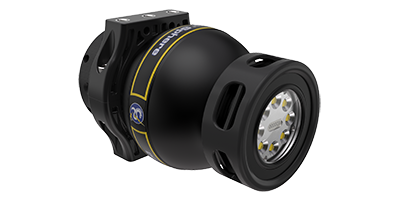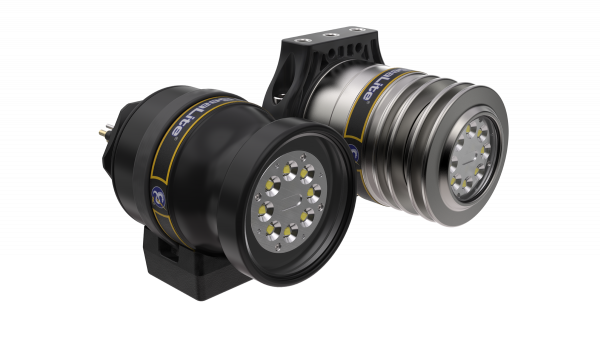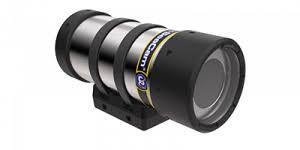BlueZone partners with over 50
world-leading original equipment
manufacturers and systems providers
Nano SeaLite
ULTRA COMPACT AND LIGHTWEIGHT
The Nano SeaLite is our smallest light and emits up to 700 lumens. This LED light comes in a titanium housing and has an optional 11,000 m depth rating. Divers and inspection class ROVs use this subsea light for its size and weight. The Nano SeaLite includes a mounting bracket.
The Nano SeaLite can be paired with the Nano SeaCam on a dual-mounting bracket.
Key Features:
- Up to 11km Depth Rating
- Colour Options
- Ultra Compact Light
- 700 Lumens
- Flood Beam Angle
- 10~36 VDC Input Power
Nano SeaLite TRUE LUMENS Report
For more information about DeepSea’s Nano SeaLite, Contact the sales team.
Key Features
Up to 25-hour mission duration
Speeds up to 4.2 knots
Increased module payload capacity
Search and recovery
Hydrography
Deep sea mineral exploration
Marine & Fisheries research
Product Enquiry
Related products
DeepSea's SeaLite Sphere 200 Series emits up to 10,000 lumens with 6,000 m or 11,000 m depth rating and multiple configuration options.
Read moreDeepSea Power & Light's LED SeaLite meets the demands for the market challenges of today. This subsea light emits up to 10,000 lumens and is available in multiple LED, beam...
Read moreDeepSea's HD Zoom SeaCam has a 30x optical zoom capability, faceplate illumination of 0.024 Lux, and high-quality HD-SDI 1080p/30 video output. Options include a titanium or an aluminum housing.
Read moreRelated Articles
Ahead of the Tide: BlueZone’s Landmark IndoPAC 2025 Showcase
Celebrating 25 Years of Sovereign Capability The Indo Pacific International Maritime Exposition stands as the region’s premier showcase for commercial maritime and naval defence innovation—bringing together leaders from defence,...
Read MorePartnering for Performance: BlueZone Supports Kraken Robotics in Advancing KATFISH Capability
BlueZone Group to become Kraken’s Australian Sales Representative, Enhancing Sovereign Support for Cutting-edge Synthetic Aperture Sonar Systems We are thrilled to announce BlueZone Group have signed an agreement...
Read MoreSeeByte and BlueZone Group Forge Strategic Alliance to Strengthen Australian Naval Capabilities
BlueZone Group is proud to announce our appointment as the official Australian representative for SeeByte, a UK-based leader in advanced maritime defence and uncrewed systems technology. This strategic partnership marks...
Read More
